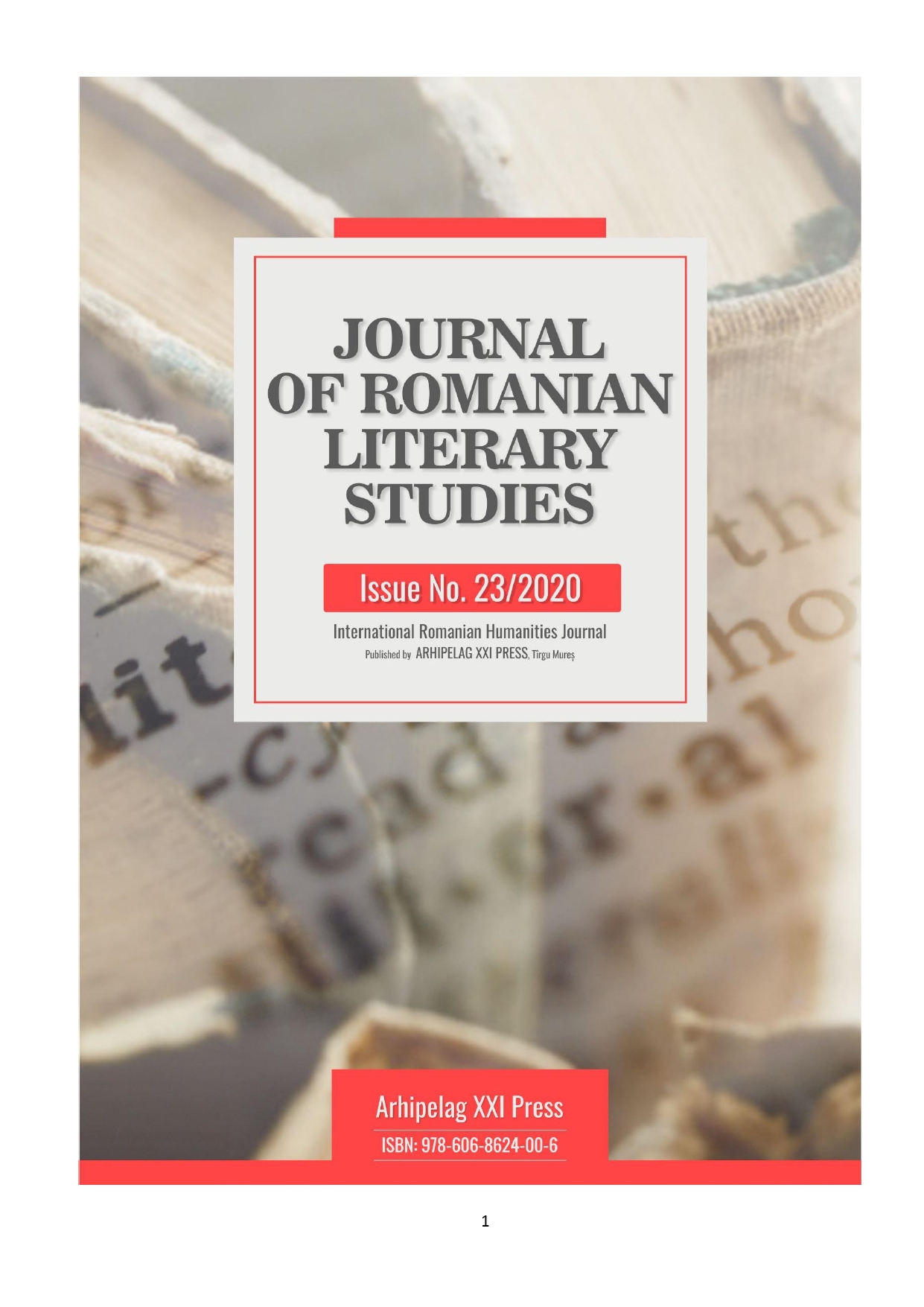THE POGROM FROM IAȘI – A MEANS OF ETHNICAL CLEANSING DURING ANTONESCU’S REGIME
THE POGROM FROM IAȘI – A MEANS OF ETHNICAL CLEANSING DURING ANTONESCU’S REGIME
Author(s): George Marian IchimSubject(s): Cultural history, Diplomatic history, History of ideas, WW II and following years (1940 - 1949)
Published by: Editura Arhipelag XXI
Keywords: ethnic discrimination; Iasi Pogrom; anti-semitic legislation;
Summary/Abstract: For the country's leaders, the Jewish problem was composed of several dimensions (legal, political and economic), which affected, in their opinion, the harmonious development of the country and affected the national consciousness of the Romanian people. At that time, the Jews were considered simple conspirators, who did not help in any way the development of the country, and in addition, they took control of Romania's wealth. The planning of the massacre was based on the example of the Dorohoi pogrom, in the summer of 1940. On June 29, the day when all the Jews in the city were to be executed, there were 45,000 Jews in Iasi, according to the census prepared by Mihai Antonescu in early 1941. This article is intended to be a brief introduction to the causes that led to the crimes of the Iasi Pogrom.
Journal: Journal of Romanian Literary Studies
- Issue Year: 2020
- Issue No: 23
- Page Range: 972-977
- Page Count: 6
- Language: Romanian

